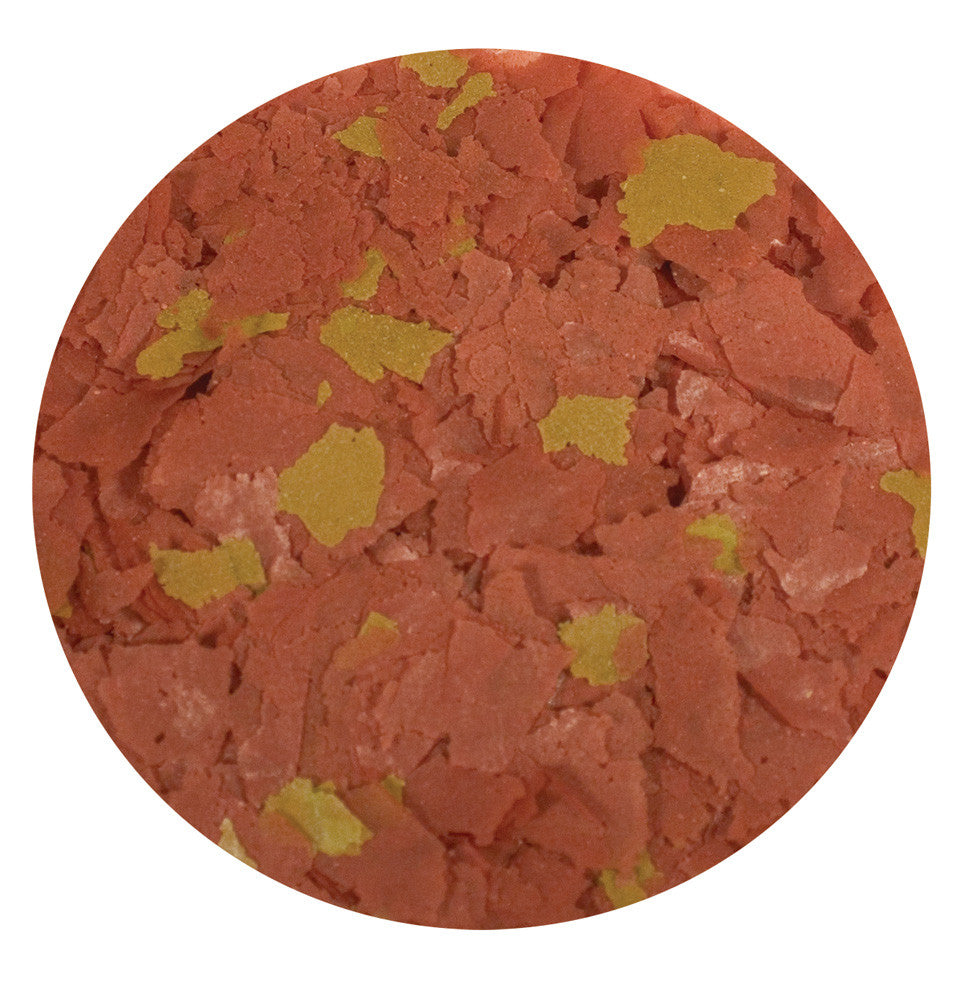
Spring is coming at us fast, and I can’t wait for it to get here (and not only because my kayak paddle is in the corner, mocking me). One thing that I’m NOT looking forward to, though, is the inevitable scramble to get those last-minute items that I forgot to have ready ahead of time, before the pond warms up. Since I was already making a list for myself, I figured that I’d point out a few items for my readers that will be necessary sooner than you think, all of which I’ve forgotten at some point in the past.
1. Pond Vacuum
 I’ve talked before about the importance of a decent pond vacuum, and I’m sure that I’ll talk about it again in the future. It’s something that is just not replaceable for keeping your pond clean and healthy, especially if you have deciduous trees near your pond. Spring, though, is one of the most important times to have it ready. If you didn’t cover your pond for autumn (you remembered to cover your pond before the leaves fell, right?), you’ve got some serious organic material to get rid of. Even if you did cover it, There is still going to be some sludge and buildup that needs to be vacuumed out, and if you can get it out of there before the water warms up to let the rot and anaerobic bacteria really get revved up, you can save yourself a TON of troubles throughout the rest of the year.
I’ve talked before about the importance of a decent pond vacuum, and I’m sure that I’ll talk about it again in the future. It’s something that is just not replaceable for keeping your pond clean and healthy, especially if you have deciduous trees near your pond. Spring, though, is one of the most important times to have it ready. If you didn’t cover your pond for autumn (you remembered to cover your pond before the leaves fell, right?), you’ve got some serious organic material to get rid of. Even if you did cover it, There is still going to be some sludge and buildup that needs to be vacuumed out, and if you can get it out of there before the water warms up to let the rot and anaerobic bacteria really get revved up, you can save yourself a TON of troubles throughout the rest of the year.
Even if you have a good pond vacuum, now is a good time to go check it out. Make sure that your vacuum is in good working order and ready to go before you need to use it. A couple of years ago my mother went out into a beautiful, bright spring Saturday with the entire day blocked off to clean up the pond, only to discover that she’d left part of the vacuum out and full of water through a hard freeze, destroying part of the hose. With the time it took to get a replacement and free time to clean out the pond, it was tea-colored water for an extra month.
2. Dechlorinator
You’re going to do partial water changes this Spring, right? Well, if you’re going to do that, you’ll want to have dechlorinator ready to go. Make sure that you don’t have just a tiny bit left in that bottle from last year before you need it.
3. Pond Net
Did your dog chew a hole in the pond net that you left out again this winter, even though you swore that you wouldn’t? I bet he did. He always does.
4. Filter Media, Live Bacteria, Barley, and Activated Carbon
A lot of water health problems start off in the Spring when your pond’s ecosystem is still reeling from the season change and trying to find its balance. This can be unfortunate and disappointing, but it can also be a great opportunity to nip problems in the bud. Two of the most important things are those partial water changes and clearing your pond of organic debris and sludge, but sometimes you’ll need some help along the way with new, clean filter media or some natural water additives.
5. Fish Foo
Once your water temperature hits 50 and is staying there, it’s time to start feeding your fish again. Start with cold water food and stick with it until the water stays above 60 at night. Cold water food goes a long way toward starting your fish out healthy, as it’s easier for them to digest when their systems are still slow from the cold. I find it’s key to have a good, high-quality fish food ready on hand when Spring is coming to make sure that I don’t end up having to run to a local store and get inferior food (seriously, guys, fish food quality makes a huge difference).
BONUS: Sun Protection
The suns rays may seem fairly mild in the spring, especially when it’s just getting warm enough to start working on your pond, but you still need to protect your skin. After a winter spent mostly inside, you may feel desperate for some rays, but your skin is especially vulnerable. Also important to keep in mind how often going out to just quickly net up some leaves or check the water level can turn into a couple of hours puttering around the garden. Don’t get burned.


